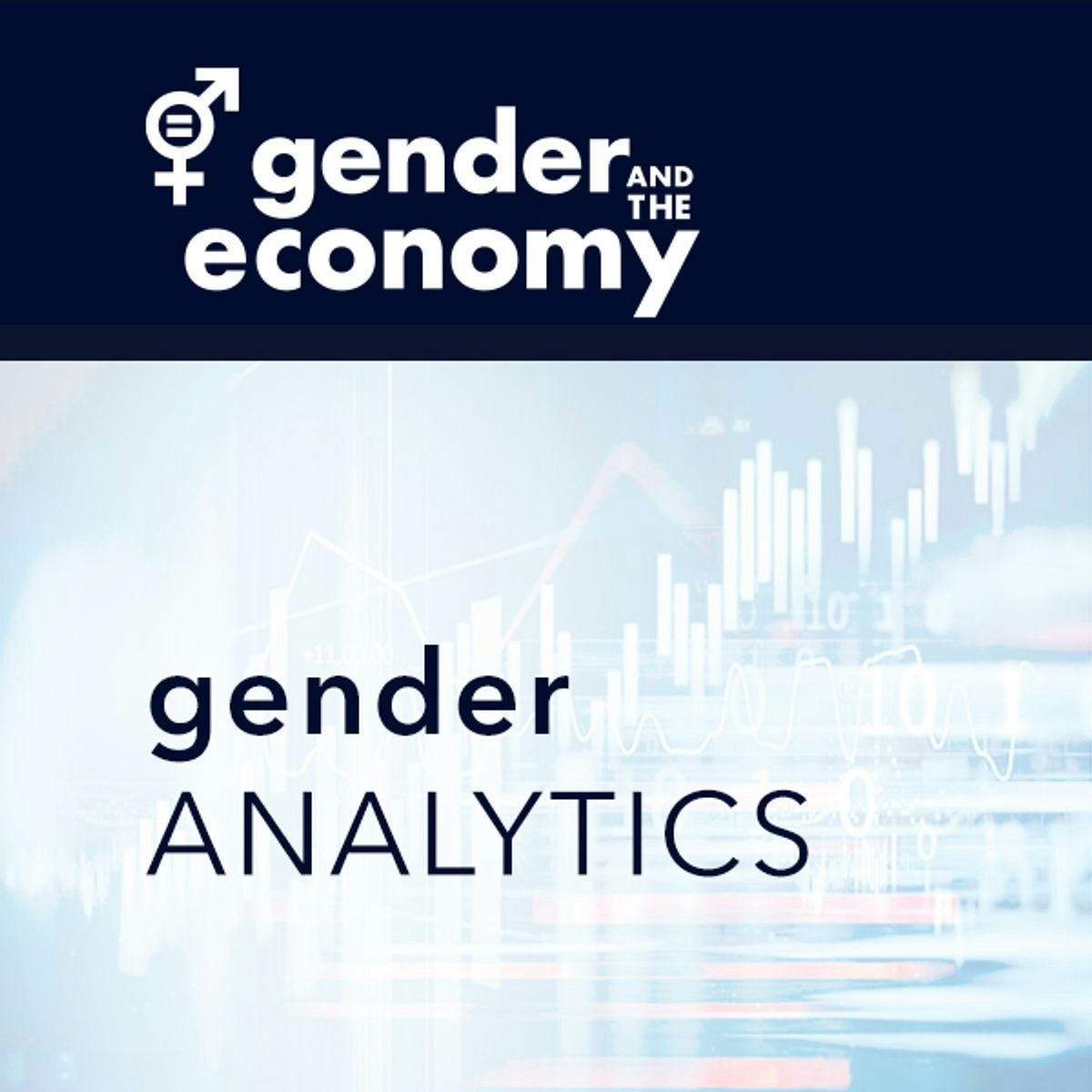Back to Courses









Business Essentials Courses - Page 25
Showing results 241-250 of 645

Create Charts and Graphs in Visme
By the end of this project, you will have learned how to create a sales presentation with a variety of graphs and charts using the free version of Visme.
Visme is a web-based graphic design platform that allows users to create professional visual content for both private and business purposes.
You will learn to use Visme to create visually appealing presentations for marketing and business purposes. We can use Visme to complete this project because it provides all the tools you need to create simple and complex charts while working as an individual or team.

Supply Chain Sourcing
Have you ever wondered how companies manage relationships with their thousands of suppliers? Sourcing is an important part of managing a successful supply chain. This course introduces you to the exciting area of supply chain sourcing. Part of a broader specialization on Supply Chain Management, you will master the supplier selection process and supplier segmentation. At the completion of this course you will have the tools and techniques to find the right vendors and maintain the right relationship with any one of your existing suppliers.

Gender Analytics Capstone Project
It’s time to use your Gender Analytics skills to tackle a real-world challenge in your capstone project.
In the final course in the Gender Analytics Specialization offered by the Institute for Gender and the Economy (GATE) at the University of Toronto's Rotman School of Management, you will practice your Gender Analytics skills in an applied learning project that will take you through the entire process for using gender-based insights to generate innovative solutions. You will be expected to think about the problem using an intersectional gender lens, explore both quantitative and qualitative data, apply human-centered design methodologies to developing prototypes, and plan for roll out in an organization, market or community. This activity provides a hands-on learning opportunity to practice critical skills for Gender Analytics.

Types of Conflict
Conflict is everywhere and it is impossible to avoid conflicting viewpoints. However, not all conflict is bad, nor is it inherently negative. How conflict is handled makes all the difference. It is through proper identification and understanding of conflict that allows for effective resolutions, some of which may yield positive outcomes. In this course, we will examine the different types of conflict, how to understand and embrace the positive aspects of conflict, and how to successfully navigate conflict to positive resolution.
This course presents the material though video lessons, case studies, and interviews. In each module students will be presented with in-video quiz questions to test their understanding. To further their mastery of the content students will also be asked to complete two peer reviewed assignments.
Upon completing this course, you will be able to:
1. Identify the different types of conflict
2. Illustrate the positive aspects of conflict
3. Provide examples of positive ways to deal with conflict

Financial Markets and Instruments
This course is part of a Specialization titled “Strategy and Finance for a Lifecycle of a Social Business”. The beauty of a modern decision-making framework is that it can be used to understand value creation at any level – the individual or business or societal. The applications however become increasingly complex as your lens expands from the individual to the corporate/nonprofit to the global society.
There are two building blocks of modern decision making – time value of money and risk.
This is because all decisions are made with consequences for the future which, in turn is uncertain. A deep understanding of the value of time and risk is therefore key to understanding value creation.
This third course is an introduction to markets and two financial instruments, bonds and stocks, and how they are valued using the principles of time value of money covered in the two preceding courses in this specialization. The main purpose of this course is to serve as a bridge to figuring out the risk and return that individuals or businesses must use to figure out the value of any decision. While the return on any decision is ultimately determined by its risk, bond and stock markets enable the determination of the risk and return. This may be the biggest social value created by markets. Since individuals and households ultimately provide capital to both governments and businesses though the market, this course will also serve useful for personal financial decision-making.
As indicated at the outset, the beauty of modern frameworks and tools of analysis is that they are logical and do not change depending on the purpose of business. However, to demonstrate social impact is very complex because prices for both the public good, and any harm created by our actions, are not available. It is also very challenging to determine the incremental effect of a business on society at large. The combination of these issues makes all social impact and value specific to a business, making it even more important to use the same frameworks and tools developed in this Specialization to value any business.

Coaching Conversations
Throughout the Coaching Skills for Managers specialization, we’ve discussed many topics for improving coaching conversations with our employees. It is now time to put all of that theory and discussion into practice and examine great examples of common coaching conversations!
Note: This course builds on all previous courses in the Coaching Skills for Managers specialization. It is highly recommended that students complete or be familiar with the topics covered in those courses before taking this course. In particular, you should be familiar with the coaching strategies and tools discussed in previous courses (such as the 5 whys technique, resisting what is, among others), and should have a full understanding of the Thought model and the various components of it: circumstances, thoughts, feelings, actions, and results.
By the end of this course, you will be able to demonstrate appropriate and effective strategies when engaging in coaching conversations with those that you lead. By exploring and analyzing common coaching scenarios that are acted out in this course, you will have a great sense of what works well and not so well during such a conversation. Specifically, you'll be able to better differentiate between a developmental coaching approach and a directive management style, discuss new strategies and techniques for dealing with both mind set and skill set gaps, describe how to use the feedback loop effectively in a conversation, and demonstrate the use of good questioning techniques and the thought model to not only help an employee identify issues, but help the employee really change their thinking.
The final assignment is all about actually having a coaching conversation with another person where you can apply everything you've learned in this course and throughout the Coaching Skills for Managers specialization. Again, it is highly recommended students complete the other courses in the specialization before taking this one. This peer review assignment, in particular, will be difficult to complete without knowledge of the topics covered in these courses.
After going through the course materials and completing the assessments, you will be able to have more effective one-on one-coaching meetings with those you manage and deepen your understanding of the essential practice of coaching conversations.

Build Customizable Sales Presentation Graphics using Canva
By the end of this project, you will have the ability to develop and design a target market analysis graphic, a sales CRM workflow graphic, and a data chart graphic using Canva. A web-based graphic design tool, Canva offers free accounts with broad access to facilitate visual content development. The learner will develop graphics appropriate for use in sales presentations and any other presentations the user deems appropriate.
Note: This course works best for learners who are based in the North America region. We’re currently working on providing the same experience in other regions.

Excel for Beginners: Beginner Functions
This 1-hour, project-based course introduces learners to basic spreadsheet functions. We’ll be using Excel on the Web in this project, which is the free spreadsheet program offered by Microsoft. However, all of the concepts that you will learn in this project will be applicable to other spreadsheet programs, such as LibreOffice Calc and Google Sheets.
We will cover the following concepts in a hands-on manner:
- Review basic functions: sum, min, max, average
- Introduction to date-based functions: today, year, month, day, datedif
- Trying out conditional functions: if, iferror, countif, sumif
- Applying string-manipulation functions: find, replace, proper, concat, textjoin
Please Note: If you don't have a free Microsoft account, you will need to create one to be able to complete the content.

Capstone Value Creation through Innovation
This capstone course is the final course of the Value Creation Through Innovation Specialization. The specialization covers technology bases innovation and transformation and how to spot and to capitalize on emerging opportunities. UC Berkeley Haas School of Business and KTH Royal Institute of Technology are the academic partners in the Value Creation Through Innovation Specialization.
In this capstone project you will utilized the methods introduced in the courses The Impact of Technology, Innovation & Entrepreneurship, and Marketing Strategy for Entrepreneurs, and show that you master them. You should be able to show knowledge and judgment regarding when and how to utilize what method and approach. You will throughout the capstone project work on one project that you select yourself. Each week you will be given one major assignment to complete, and later to review.

Construction Finance
This course expands the knowledge of a construction project manager to include an understanding of economics and the mathematics of money, an essential component of every construction project. Topics covered include the time value of money, the definition and calculation of the types of interest rates, and the importance of Cash Flow Diagrams.
The course covers these topics in three sections. The first section focuses on the foundation of building the mathematics of money, often referred to as value of money. It also highlights the present value techniques and the internal rate of return from a construction manager point of view.
The second section of the course focuses on vertical construction finance and the last part focuses on horizontal construction finance. Under the vertical construction finance, the instructor discusses real estate finance and how that has been done with more in-depth details and gives examples for students to solve with instructions.
The last topic, horizontal finance, is divided into two parts. To begin, the instructor introduces vast details about public private partnership. This module highlights around three case studies about PPP projects, which would be an introduction to project financing in horizontal work. After introducing case studies, the instructor demonstrates the risks associated with construction finance. After that, similar to the previous three courses, the course finishes with emphasizing the importance of construction finance.
Popular Internships and Jobs by Categories
Find Jobs & Internships
Browse
© 2024 BoostGrad | All rights reserved